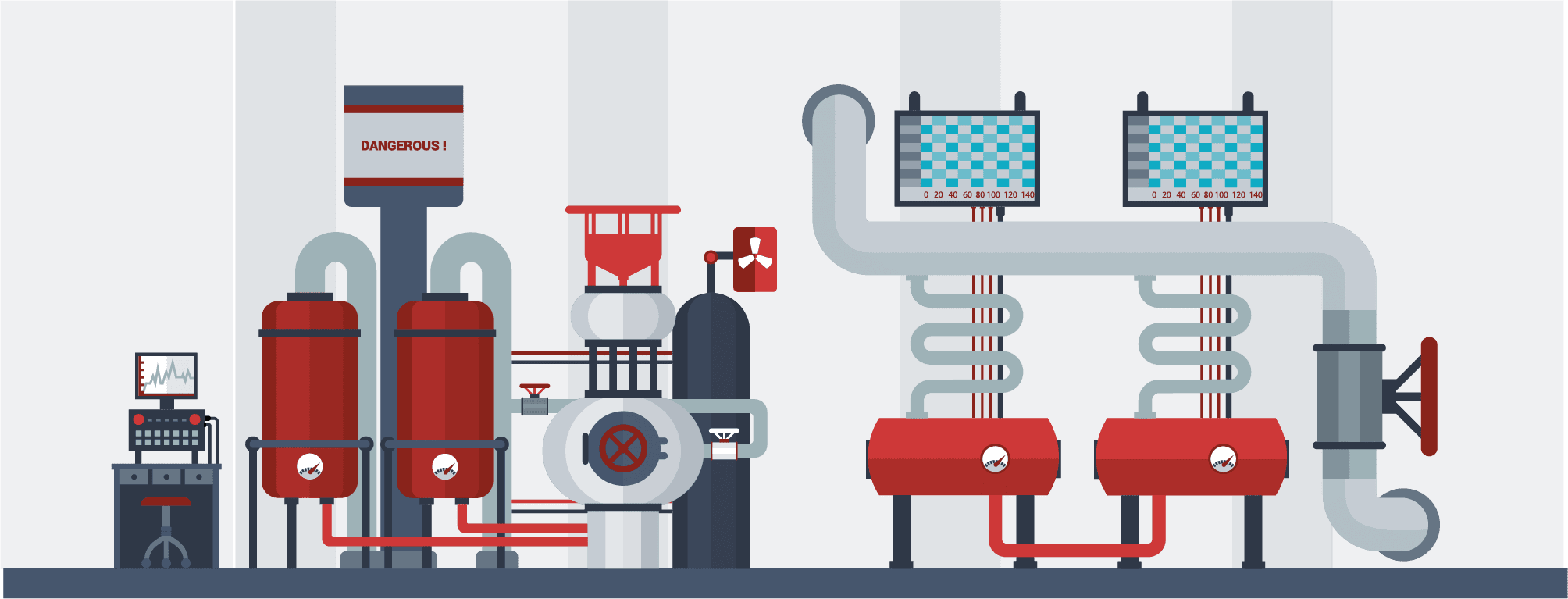Ferrous Carbonate - Overview
Iron (II) carbonate or commonly known as ferrous carbonate is a slightly toxic chemical that can be found naturally as mineral siderite. It comes with chemical formula FeCO3, consisting of iron(II) cations Fe2+ and carbonate anions CO32−. This compound belongs to the category of organic compounds referred to as organic carbonic acids. These are compounds comprising the acid functional group.
Ferrous carbonate is a water insoluble iron source that can easily be converted to other iron compounds, such as the oxide by heating (calcination). Carbonate compounds also give off carbon dioxide when treated with dilute acids. Iron Carbonate is generally immediately available in most volumes.

Manufacturing Process
A process for making ferrous carbonate, said process being carried out in a sealed vessel, wherein said process comprises:
The Uses of Ferrous Carbonate
The major uses of ferrous carbonate or iron (II) carbonate is a supplement to treat iron-deficiency anemia.[1] In people with this condition, the red blood cells can’t carry enough oxygen to the body because they do not have enough iron. People with this condition often feel very tired.[2]
Ferrous carbonate also can be used as a flame retardant and as an iron supplement in animal feed. Other applications of it are catalysts, pigments, drugs, agriculture, nutrition, metallurgy, and leather tanning.[3]
Toxicological Information
Ferrous carbonate is slightly toxic; the probable oral lethal dose is between 0.5 and 5 g/kg (between 35 and 350 g for a 70 kg person).[1]
Protection Measures
Eye/face protection
Safety glasses with side-shields conforming to EN166. Use equipment for eye protection tested and approved under appropriate government standards such as NIOSH (US) or EN 166(EU).[4]
Skin protection
Wear impervious clothing. The type of protective equipment must be selected according to the concentration and amount of the dangerous substance at the specific workplace. Handle with gloves. Gloves must be inspected prior to use. Use proper glove removal technique(without touching glove’s outer surface) to avoid skin contact with this product. Dispose of contaminated gloves after use in accordance with applicable laws and good laboratory practices. Wash and dry hands. The selected protective gloves have to satisfy the specifications of EU Directive 89/686/EEC and the standard EN 374 derived from it.[4]
Respiratory protection
Wear dust mask when handling large quantities.[4]
PRODUCT IDENTIFICATIONS
| Common Name | Ferrous Carbonate |
| CAS No | 563-71-3 |
| Chemical Formula | FeCO3 |
| Molecular Weight | 115.854 g/mol |
| IUPAC Name | iron(2+);carbonate |
| Synonyms | Iron (II) Carbonate, Ferrous Monocarbonate, Iron Carbonate, Siderite, Blaud's mass, Ferronil |
PHYSICAL & CHEMICAL PROPERTIES
| Property | Value |
|---|---|
| Appearance | Tan brown powder; white powder or crystals |
| Water Solubility | Insoluble |
| Melting Point | Decomposes |
| Density | 3.9 g/cm3 |
- Download TDS
- Download MSDS